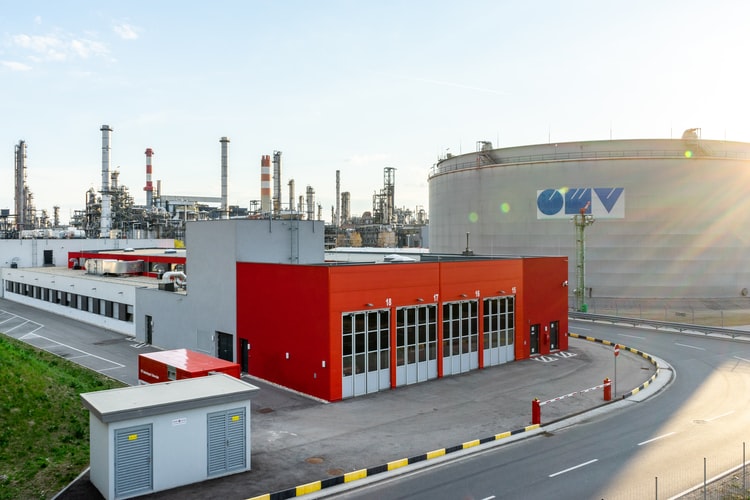Laser cutting is a technology that uses a very high laser beam to cut materials. While usually used for industrial production applications, it’s starting to be utilized by hobbyists, schools, and smaller businesses. Essentially, laser cutting works through lenses by redirecting the beam from a high-powered laser generally through optics. The cut material is then placed into a die, where it will be cooled and hardened before being packaged and shipped. This process is done hundreds or thousands of times in applications from model rockets and space shuttles to metalworking and woodworking projects. Laser cutting Glasgow is an up and coming industry.
Laser Cutting Glasgow Changes
While lasers have been around for decades, most applications using lasers have been in industries and manufacturing environments. One of the first uses of lasers in this capacity was to cut thin sheets of steel using an ion beam device. It can cut through many different kinds of metals including titanium, stainless steel, copper, aluminium, and more.
These days, there are dozens of different machines that perform laser cutting along with other intricate tasks. However, it’s important to understand the difference between the various machines so that you can get the best machine for your particular project. For instance, the pulse machines work on a similar principle as the standard machines. They work by emitting a beam of light that cuts through the material either continuously or through repetitive cycles. There are differences in the beam that cause the machines to cut certain materials faster than others, and the machines also vary in how they cool the workpiece after cutting.

How Does The Process Work?
Some machines use CO2 laser beams, which are a lot stronger and last longer than the conventional A/C ones. CO2 is also a lot more efficient at cutting thicker materials than the A/C ones do, especially on thicker materials such as aluminium and stainless steel. Fiber optic cutters are also a good option when you need to cut thick materials, and many of these machines use a fibre core rather than plastic as the substrate. If you choose to use a fibre core cutter, be sure that the fibre core is coated with plastic or metal coatings to prevent degradation over time. Fiber optic cutters also allow you to produce beautiful surfaces even with low quality fibre cores. Laser cutting Glasgow can also specialise in a variety of other areas.
You can melt a variety of different types of plastics and metals together, using a variety of techniques, to form your custom parts and components. A large proportion of small parts in cars, computers, medical equipment, TV sets, and other electronics use this method to form their component parts. However, if you need to cut a very small amount of metal, such as a pin head, you might find that using a standard laser cutter is much better than a fibre optic cutter. When a small amount of metal or plastic is cut into a very small radius, a wire cutter will cut the metal and the area in front of it much faster than the standard laser cutter.

Conclusion
With today’s technology and equipment, many different types of precision cutting techniques are available. For example, some laser cutting machines are able to automatically perform both straight cut and circular cuts. These machines are especially useful for making prototypes of new parts or components. You can also get a precision insert tool that allows you to cut a precise hole in a workpiece, which is similar to a drilling machine, but has the laser beam working for you. By adjusting the alignment of the laser beam and the size of the holes to be made, you can create perfect holes in almost any material.




